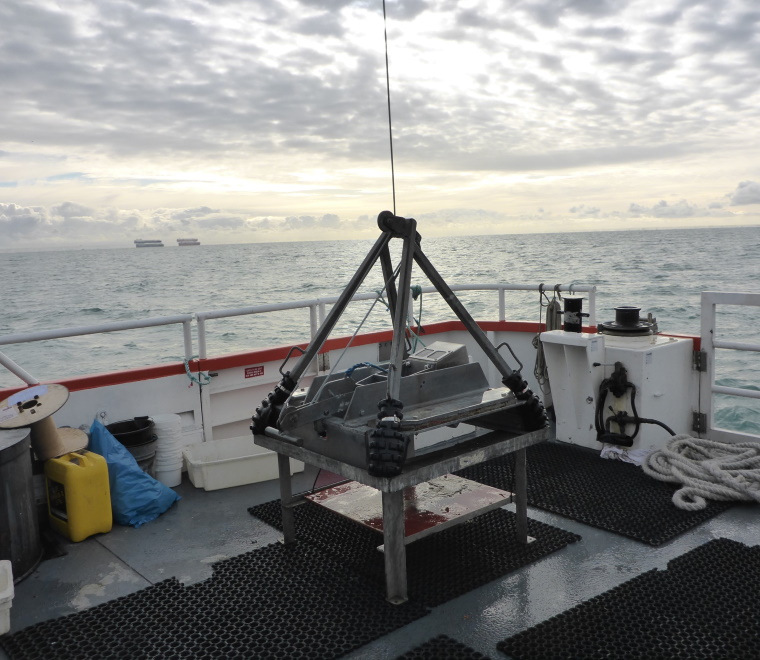

10 point grab sampling checklist
Grab sampling is often used for understanding subtidal seabed sediments. It involves collecting samples from a boat with a grab that is lowered to the bed of the waterbody to collect a sample of the sediment present. It can be used to acquire samples for contaminant and particle size analysis and for infaunal biological sampling.
Here are 10 things you might need to consider before you sample:
1. Organise Crown Estate Licence - this can take a few weeks so plan early.
2. Determine which grab to use - the sediments you are sampling and the sample you require determine the grab you need. Our table below can assist your choice
3. Identify who sampling for - this might determine the method you use E.g. marine aggregate industry, port development, government agency
4. Decide method – Think about how many replicate samples you need, if the grab fails how attempts should you make? Are you sieving your sample in-situ? If so what size sieve do you need? These are things you need to consider and can determine how long sampling takes.
5. Think about position recording - The increasing accuracy and precision of positioning technology has led to more rigorous recording of individual grab positions, check the method to see if this is a requirement.
6. Do risk assessments - What PPE do you need e.g. gloves, hard hats, high viz
7. Organise labelling – you need to know how you are going to label your sample - you don’t want to have to go back and do the survey again!
8. Check the forecast - Grab sampling can be affected by weather, tides and currents so check the forecast before you go.
9. Plan for issues – how will you know your grab has been successful? Is the sample the right size? Has the sample been mixed on recovery?
10. Have fun - sampling is fun…so enjoy!


